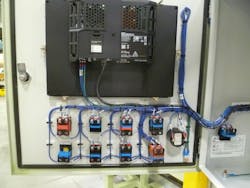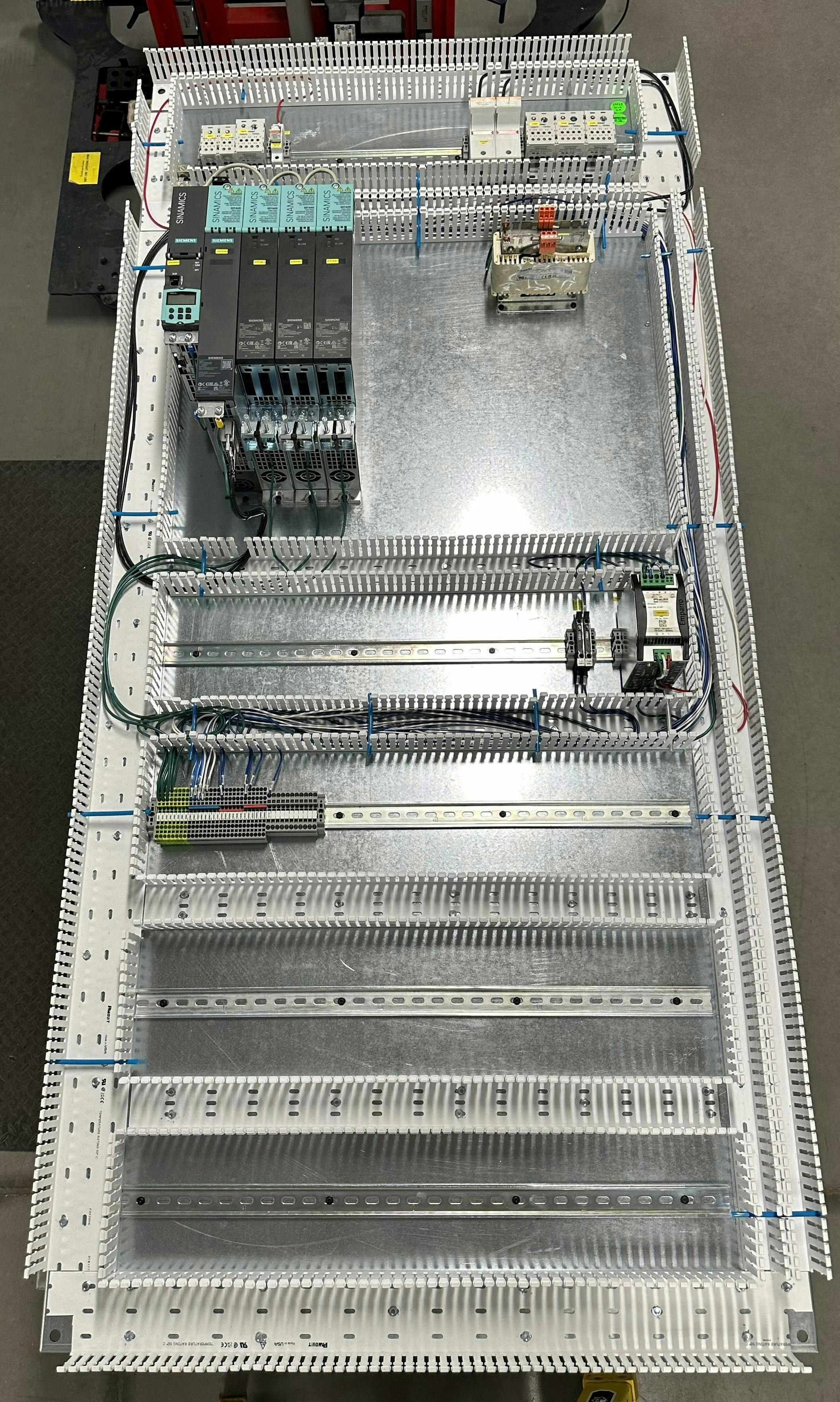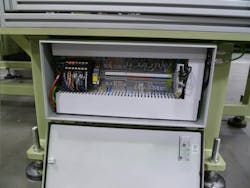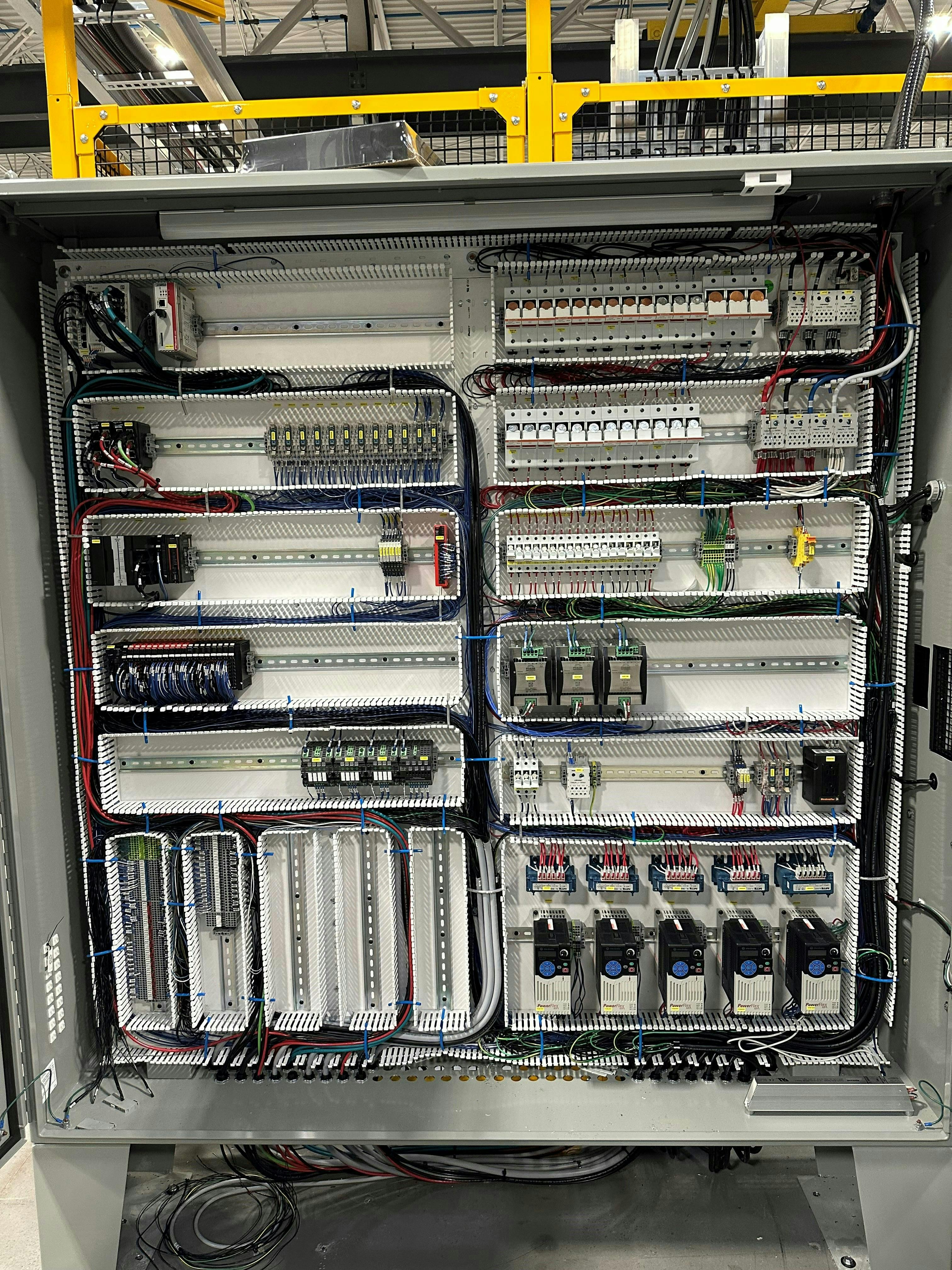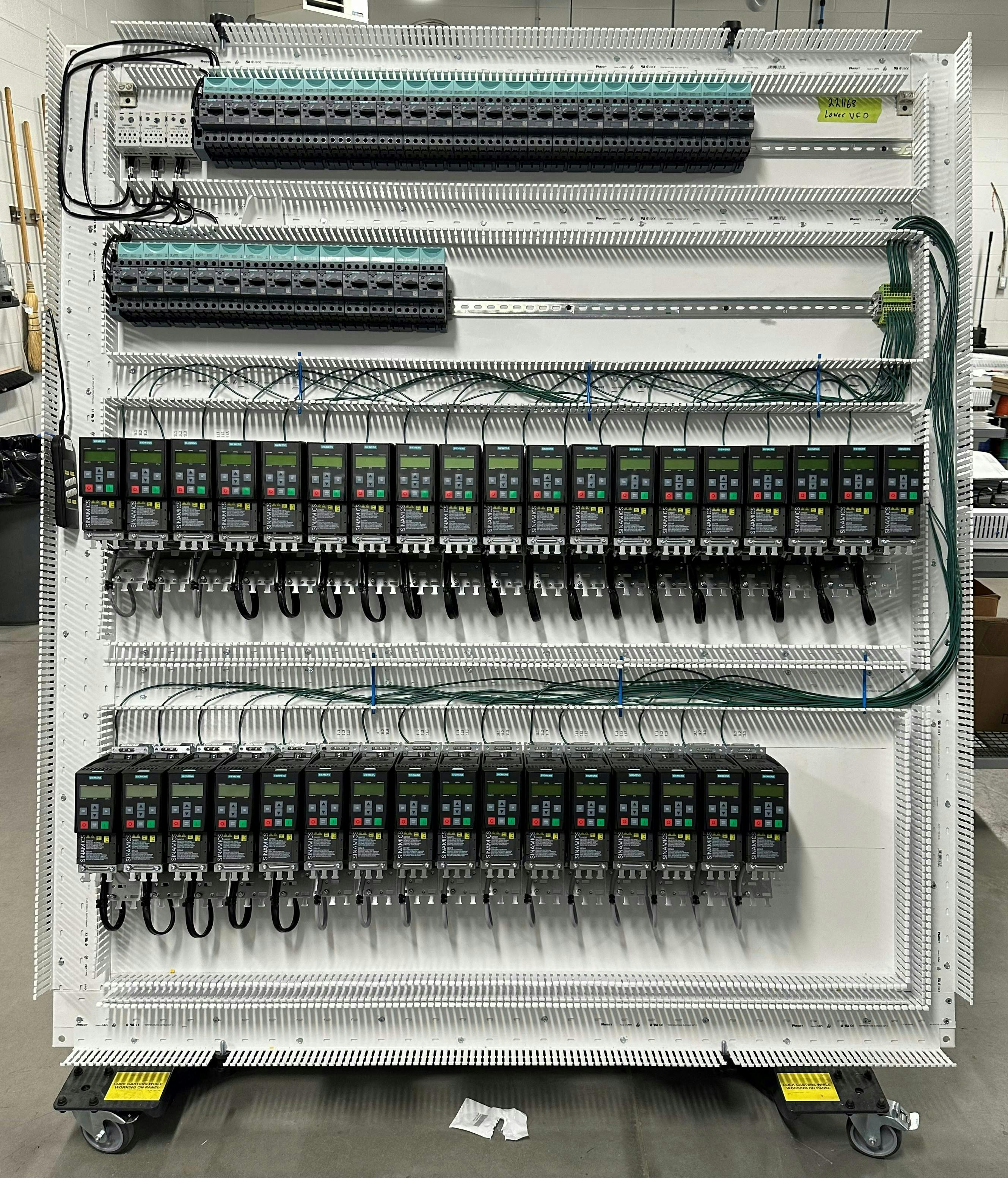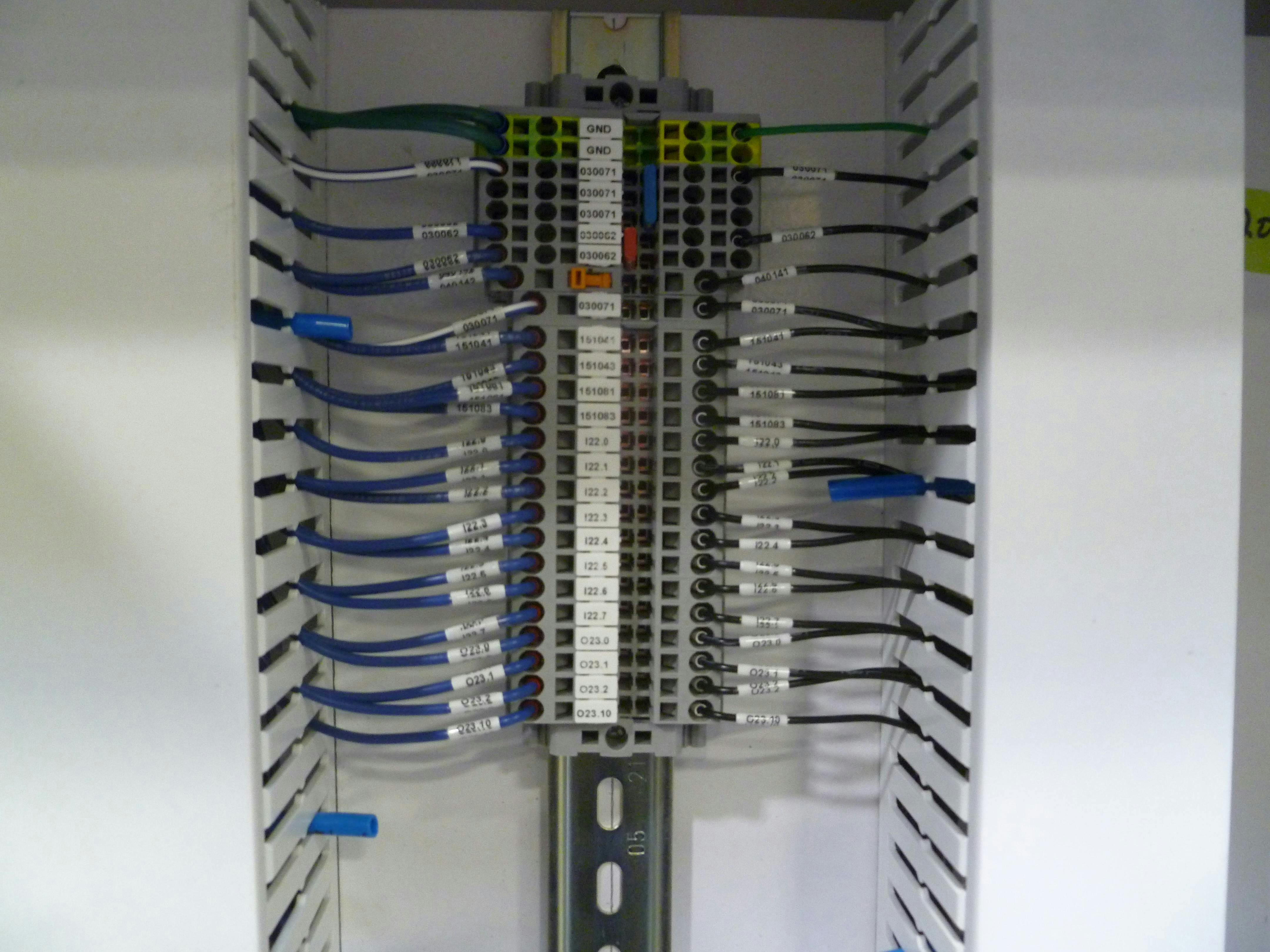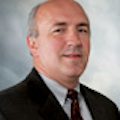Canadian system integrator IDs similarities and differences from U.S. panel-building
Mike Moreau is senior electrician at Innovative Automation, a system integrator in Barrie, Canada, which developed the RoboTape platform. Moreau holds Construction Maintenance 309A RSE and Industrial Electrician 442A electrical licenses.
Is NFPA 79 still the go-to standard for control panels? What does it tell us about installing electrical equipment properly?
Mike Moreau, senior electrician, Innovative Automation: In Canada, we follow the CSA equivalent of the NFPA 79 which is a combination of CSA C22.2 No. 301 (Industrial Electrical Machinery) and CSA C22.2 No. 286 (Industrial Control Panels and Assemblies), as well as the Canadian Electrical Code (Figure 1). These codes and standards lay out the minimum safety precautions and rules we must follow to build safe equipment that will not harm or cause injury. We then have a reputable inspection agency, such as the Electrical Safety Authority (ESA) come in and inspect this equipment before supplying it to our customers.
How does proper routing ensure cable protection outside the enclosure, and why are bundling and labeling important?
Mike Moreau, senior electrician, Innovative Automation: Cable/wire routing is important for different applications, equipment location and inspection bodies who will be certifying the equipment and cable ratings, as well as separation to reduce the chance of noise and electromagnetic interference (EMI). Depending on all these factors, we do separate wires and cable of different voltages, such as 480-600 V, three-phase power distribution and low-voltage communications, such as Ethernet, Profinet and EtherCAT, and we will fully separate any ac wiring from 24 Vdc wiring and communication cables in cable tray (Figure 2).
Can you explain the different types of termination devices and the best applications for each?
Mike Moreau, senior electrician, Innovative Automation: In regard to panel and enclosure wiring there are two main types of terminations we use, spring clamp and screw type. Spring-type connections can be a variation of push-in, where you simply push the wire into the terminal and it locks in place, versus having to compress the spring with a terminal driver to open the mechanism and then insert the wire. Spring-type connections are great for applications exposed to vibration where the spring keeps a constant pressure on the wire. Screw-type terminals use a set screw to compress and apply force to the wire to hold it in place; often screw-type terminals can be used for larger-gauge wires for higher current applications.
Considering the increasing complexity of machinery and the critical role of control panels, how can you effectively balance the demand for faster time-to-market with the need for robust, long-lasting control panels?
Mike Moreau, senior electrician, Innovative Automation: Multiple strategies can be used to decrease the assembly time and provide robust solutions in a timely manner. Some of these strategies may include using spring-type terminals that offer quick assembly time but provide a durable connection compared to screw-type terminals that take longer to tighten down, as well as require preventive maintenance to make sure connections don’t come loose over time.
Another strategy we use is to move toward more devices that communicate with the programmable logic controller (PLC) and other components through varying communication protocols such as Ethernet IP, EtherCAT and Profinet among others (Figure 3). This helps reduce the time-to-market by not having electricians hardwire signals between both devices in the electrical control panel and devices outside the control panel. This also offers a larger range of control and enables troubleshooting to be able to pass more information back and forth over a communication protocol, rather than multiple wires between devices.
What effect is the availability of components with higher ingress protection, giving them the ability to be mounted on the machine without the protection of an electrical enclosure, having on panel building?
Mike Moreau, senior electrician, Innovative Automation: Having components, such as power supplies and variable-frequency drives (VFDs), that can be mounted outside of an electrical enclosure can reduce the amount of time it takes to physically assemble a control cabinet, and it can sometimes perform multiple functions (Figure 4). For example, a VFD mounted outside the control panel on a piece of equipment can control a motor and reduce the amount of shielded cable required for the motor, and it may have onboard inputs and outputs that can be used for sensors in that area. This alleviates the need for a remote input block and reduces the amount of wiring (Figure 5).
What strategies can be implemented to significantly reduce the incidence of field failures caused by control panel issues?
Mike Moreau, senior electrician, Innovative Automation: One thing we do to reduce field failures is to have all of our control panels go through a third-party inspection before they can leave our panel shop; this inspection is done in-house by qualified personnel, and they have a set procedure to check and document.
How can emerging technologies such as artificial intelligence (AI), augmented reality and digital twins be leveraged to enhance the design, testing and maintenance of control panels?
Mike Moreau, senior electrician, Innovative Automation: Artificial intelligence (AI) will have a major impact on the design of equipment and panels, including the ability to list what the equipment will do, what devices need to be used and give description of drawing layout. It is only a matter of time before we start seeing AI electrical designs. Where AI will fall short, right now, is in the maintenance and testing of the control panels. We still need to rely on skilled professionals to test and troubleshoot issues in the field. Those professionals might be able to utilize AI capabilities for creating updates to drawings or placing orders for replacement parts, which will help to speed the process along.
What are the most effective methods for standardizing panel design and components while maintaining flexibility to accommodate diverse machine requirements?
Mike Moreau, senior electrician, Innovative Automation: One cost-effective method we like to do is to use field-mounted communication-based I/O systems—remote I/O. These systems communicate using protocols such as Ethernet IP, EtherCAT or Profinet, for example, and are flexible with using discrete or analog I/O systems. The other benefit to these devices is you reduce the number of hardwired signals back to the main PLC and can reduce control panel size. Another advantage to using remote I/O is the large variation of hardware configurations.
Tell us about your company’s panel-building and -wiring capabilities.
Mike Moreau, senior electrician, Innovative Automation: No panel-build project is too big or small. We do everything in-house, from bare backplate and enclosures to fully assembled and wired systems, enclosure cutouts for HMI screens, air conditioners and push buttons (Figure 6). We also work to our customers’ needs and specifications, so we are not bound to certain manufactures. We build to what the customer requires.
About the Author
Mike Bacidore
Editor in Chief
Mike Bacidore is chief editor of Control Design and has been an integral part of the Endeavor Business Media editorial team since 2007. Previously, he was editorial director at Hughes Communications and a portfolio manager of the human resources and labor law areas at Wolters Kluwer. Bacidore holds a BA from the University of Illinois and an MBA from Lake Forest Graduate School of Management. He is an award-winning columnist, earning multiple regional and national awards from the American Society of Business Publication Editors. He may be reached at [email protected]
